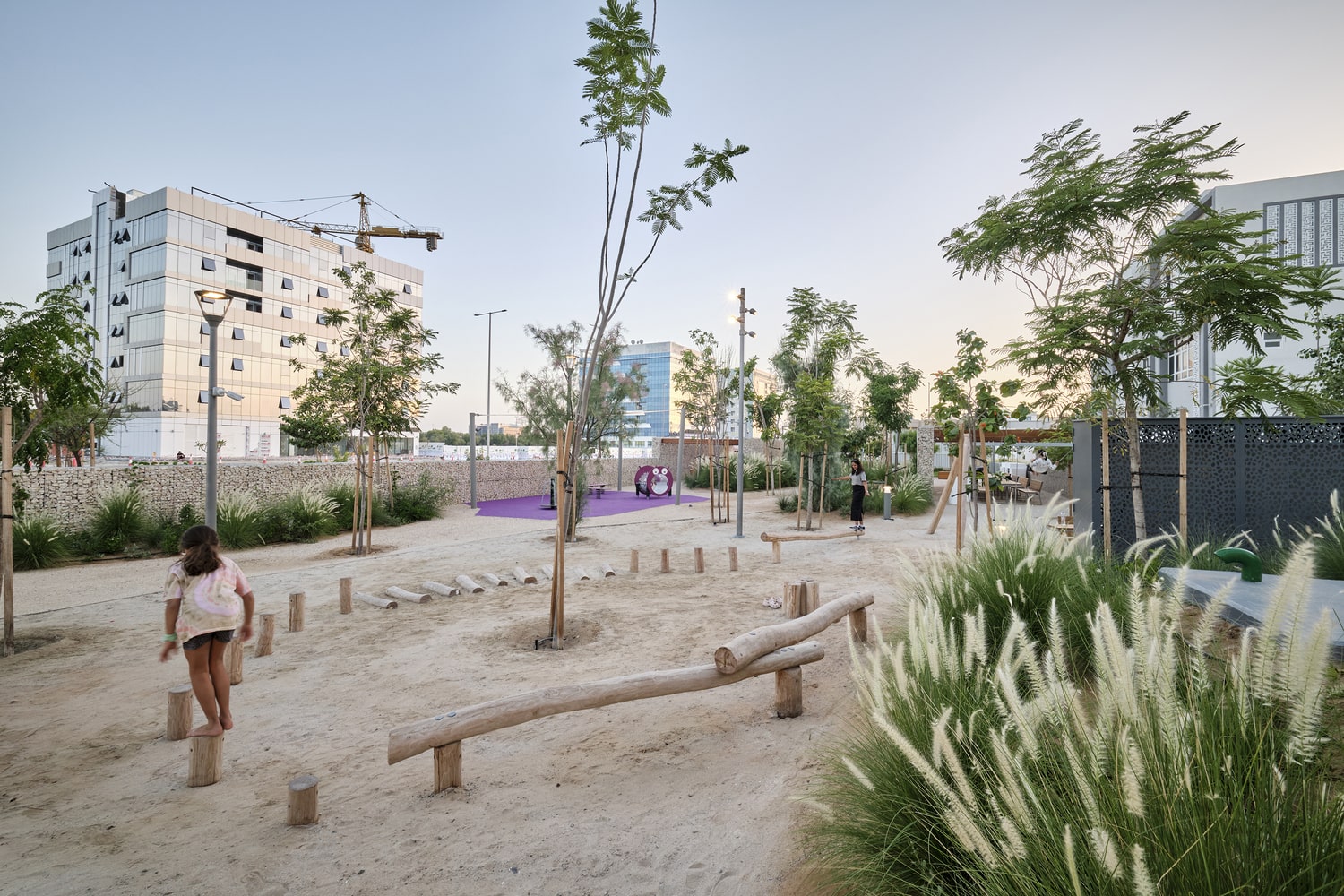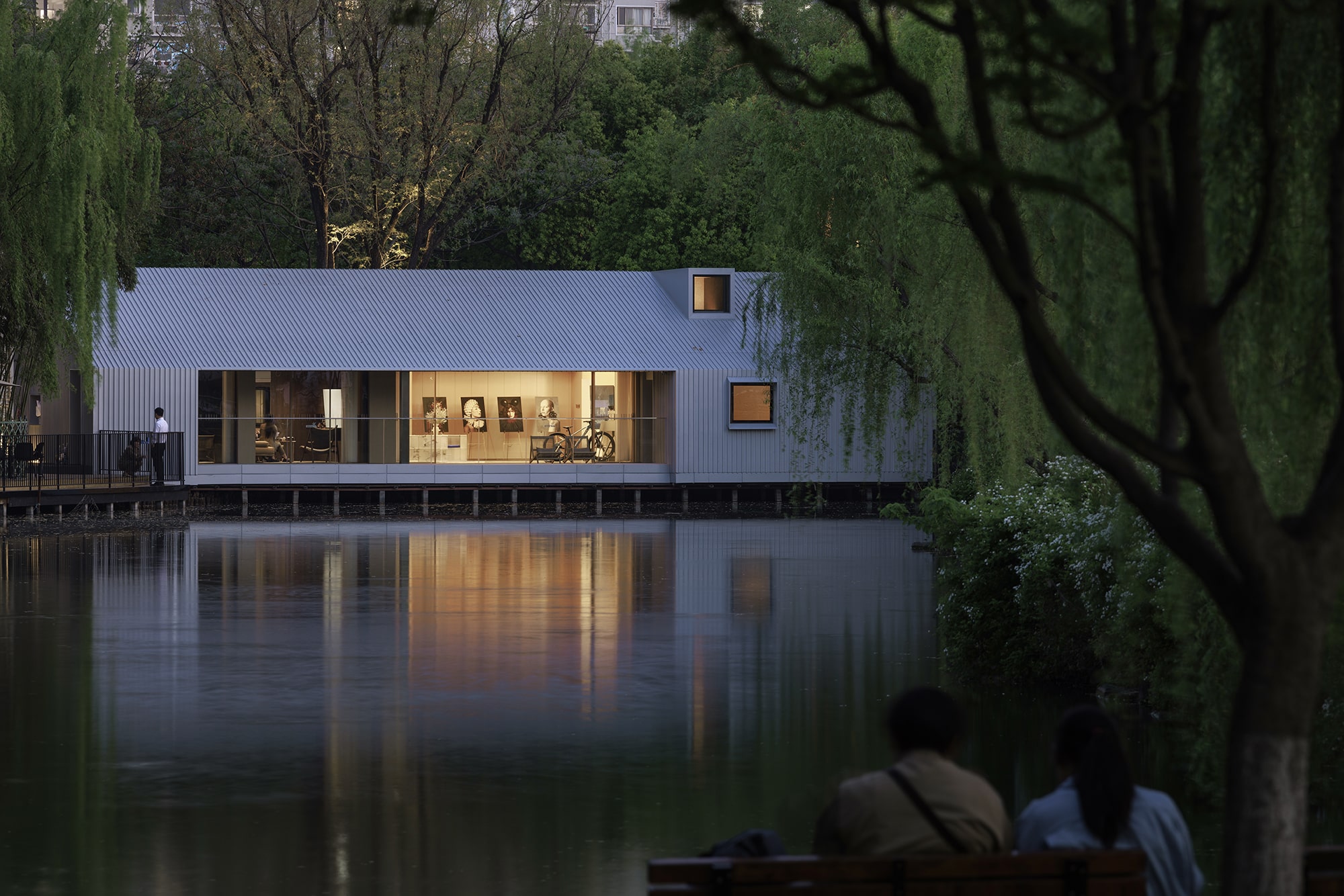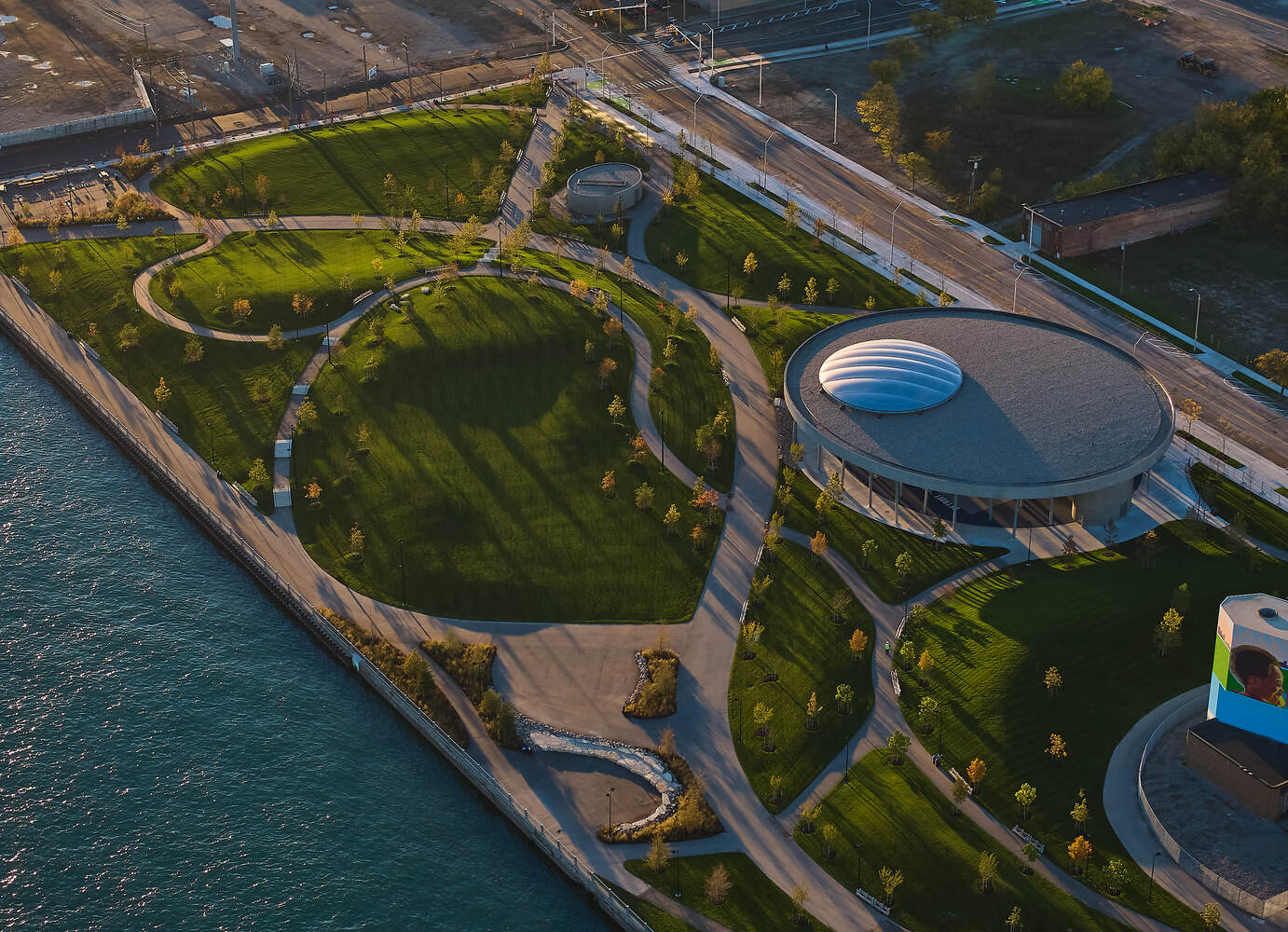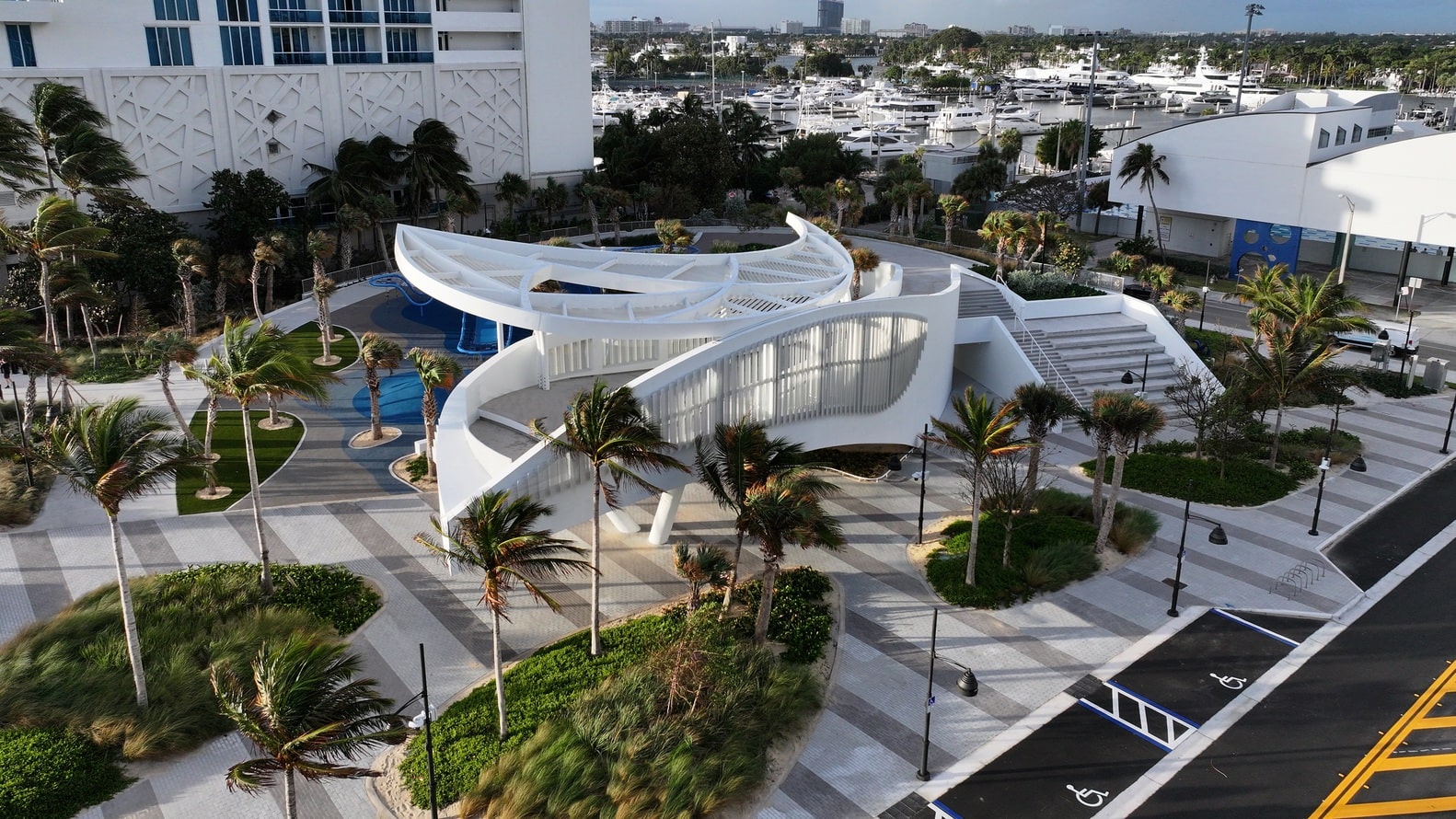- Home
- Articles
- Architectural Portfolio
- Architectral Presentation
- Inspirational Stories
- Architecture News
- Visualization
- BIM Industry
- Facade Design
- Parametric Design
- Career
- Landscape Architecture
- Construction
- Artificial Intelligence
- Sketching
- Design Softwares
- Diagrams
- Writing
- Architectural Tips
- Sustainability
- Courses
- Concept
- Technology
- History & Heritage
- Future of Architecture
- Guides & How-To
- Art & Culture
- Projects
- Interior Design
- Competitions
- Jobs
- Store
- Tools
- More
- Home
- Articles
- Architectural Portfolio
- Architectral Presentation
- Inspirational Stories
- Architecture News
- Visualization
- BIM Industry
- Facade Design
- Parametric Design
- Career
- Landscape Architecture
- Construction
- Artificial Intelligence
- Sketching
- Design Softwares
- Diagrams
- Writing
- Architectural Tips
- Sustainability
- Courses
- Concept
- Technology
- History & Heritage
- Future of Architecture
- Guides & How-To
- Art & Culture
- Projects
- Interior Design
- Competitions
- Jobs
- Store
- Tools
- More
104 Abu Dhabi Neighbourhood Parks by SLA
Discover how SLA transformed 740,000 m² of underused land into 104 climate-resilient parks in Abu Dhabi—redefining green space as public health infrastructure through nature-based design, community integration, and ecological technology.
Danish landscape architecture studio SLA has recently completed one of the most ambitious urban greening projects in the United Arab Emirates. This extensive initiative introduces 104 new neighbourhood parks throughout Abu Dhabi, aimed at enhancing public health, boosting biodiversity, and elevating the everyday living experience for all residents. Developed in close partnership with the Abu Dhabi Department of Municipalities and Transport, these parks represent a new model for sustainable, community-focused urban spaces in the region.

Table of Contents
ToggleRevitalizing 740,000 m² of Urban Land
The parks are strategically distributed across key Abu Dhabi districts, including Khalifa City, Al Ain, Shakhbout, and Mohammed bin Zayed (MBZ). What was once mostly barren or underutilized land—totaling an impressive 740,000 square meters—has now been transformed into lush, vibrant green areas. SLA’s design incorporates over 22,500 native trees and introduces a fivefold increase in local biodiversity.
Enhancing Environment and Community Well-being
This large-scale greening effort tackles multiple urban challenges simultaneously. The parks help cool down the city’s microclimate, reduce carbon emissions, manage stormwater naturally, and create vital habitats for local wildlife. Importantly, the parks also improve social cohesion and public health by providing inviting spaces for recreation, exercise, and community gathering.
Rasmus Astrup, Design Principal and Partner at SLA, explains:
“Abu Dhabi’s extreme heat has long made outdoor activity difficult for residents. These parks are designed to offer cool, shaded, and green refuges where people can come together, enjoy nature, and stay active close to home.”

Designing Parks with Local Ecosystems and Communities in Mind
Customizing Each Park for Its Neighbourhood
Rather than using a one-size-fits-all approach, SLA crafted each park to reflect its specific local environment and the needs of the surrounding community. This customization is evident in the variety of amenities, which include football pitches, dog parks, playgrounds, shaded walking paths, picnic areas, and outdoor exercise zones. The design ensures that people of all ages and interests can find engaging and accessible spaces.
Sustainable Planting and Soil Strategies
SLA’s design heavily relies on drought-resistant native plants, which reduce water consumption and maintenance requirements. Innovative soil engineering further enhances water retention and supports plant health in the arid climate. The result is a rich, green environment that remains resilient to harsh weather conditions, providing a comfortable and welcoming atmosphere year-round.

Leveraging Technology: The Role of SLIM in Park Design
Integrating Ecology, Social Data, and Computational Modelling
A key driver behind the success of the 104 parks is SLA’s proprietary tool called SLIM (SLA Landscape Information Modelling). This advanced computational design platform integrates ecological data with social insights, enabling the design team—comprising landscape architects, ecologists, anthropologists, and planting specialists—to create bespoke solutions for each site.
Through SLIM, every park’s design optimizes climate resilience, biodiversity, and user experience, balancing environmental and social goals seamlessly.
A Human-Centric Approach Over Flashy Architecture
Astrup emphasizes the philosophy behind the project:
“This isn’t about creating iconic, flashy landmarks. It’s about improving everyday life in Abu Dhabi’s neighbourhoods by delivering parks that are functional, beautiful, and deeply connected to the community.”
Close collaboration with local residents ensured that the parks meet real needs, providing genuine value rather than superficial design statements.

A Scalable Model for Nature-Based Urban Development
Diverse Park Types for Different Urban Contexts
The 104 parks vary significantly in size and function, ranging from intimate 1,600 m² pocket parks to expansive 20,000 m² adventure parks. This diversity allows the initiative to serve a wide range of urban contexts and community needs while demonstrating how nature-based solutions can be adapted at scale.
Green Infrastructure as Public Health and Biodiversity Catalysts
Beyond their recreational benefits, these parks act as critical infrastructure for climate adaptation and urban resilience. They help mitigate urban heat, promote ecosystem health, and foster social connections—positioning public green spaces as essential components of Abu Dhabi’s sustainable future.
Astrup sums up the project’s significance:
“These 104 parks showcase the power of combining nature, technology, and community engagement. They’re not just parks—they’re vital public health assets, biodiversity hubs, and social gathering places that redefine what urban green spaces can be in Abu Dhabi.”
Conclusion
SLA’s 104 neighbourhood parks project sets a new benchmark for urban greening in the Middle East. By thoughtfully integrating native ecosystems, advanced modelling technology, and deep community collaboration, the project creates resilient, multifunctional public spaces that respond to the challenges of climate and urban living. This initiative serves as an inspiring example of how cities in arid environments can cultivate greener, healthier, and more connected communities through innovative design.
Photography: Jon Wallis
- Abu Dhabi Sustainability Vision
- Abu Dhabi Urban Greening
- Arid Climate Landscape Design
- Biodiversity Urban Planning
- Climate Resilient Landscapes
- Community-Centered Parks
- Culturally Responsive Design
- Data-Driven Landscape Architecture
- ecological urban design
- Everyday Urbanism
- Health-Oriented Public Spaces
- Middle East Green Infrastructure
- Modular Green Infrastructure
- Nature-Based Urban Design
- Neighbourhood Parks Abu Dhabi
- Public Space Regeneration
- SLA Landscape Architecture
- SLIM Design Tool
- Sustainable Park Design
- Urban Heat Island Mitigation
I create and manage digital content for architecture-focused platforms, specializing in blog writing, short-form video editing, visual content production, and social media coordination. With a strong background in project and team management, I bring structure and creativity to every stage of content production. My skills in marketing, visual design, and strategic planning enable me to deliver impactful, brand-aligned results.
Submit your architectural projects
Follow these steps for submission your project. Submission FormLatest Posts
Basketball Court – Ralph C. Wilson Jr. Centennial Park by Adjaye Associates
Designed by Adjaye Associates, the basketball court at Ralph C. Wilson Jr....
DC Alexander Park by Brooks + Scarpa Architects
Explore the redesign of DC Alexander Park by Brooks + Scarpa Architects,...
Suan San Pocket Park by Shma Company Limited
Suan San Pocket Park in Bangkok transforms a derelict riverside site into...
Pazhou South Waterfront Park by SWA Group
SWA Group’s Pazhou South Waterfront Park in Guangzhou revitalizes the Huangpu Chong...






















































Leave a comment